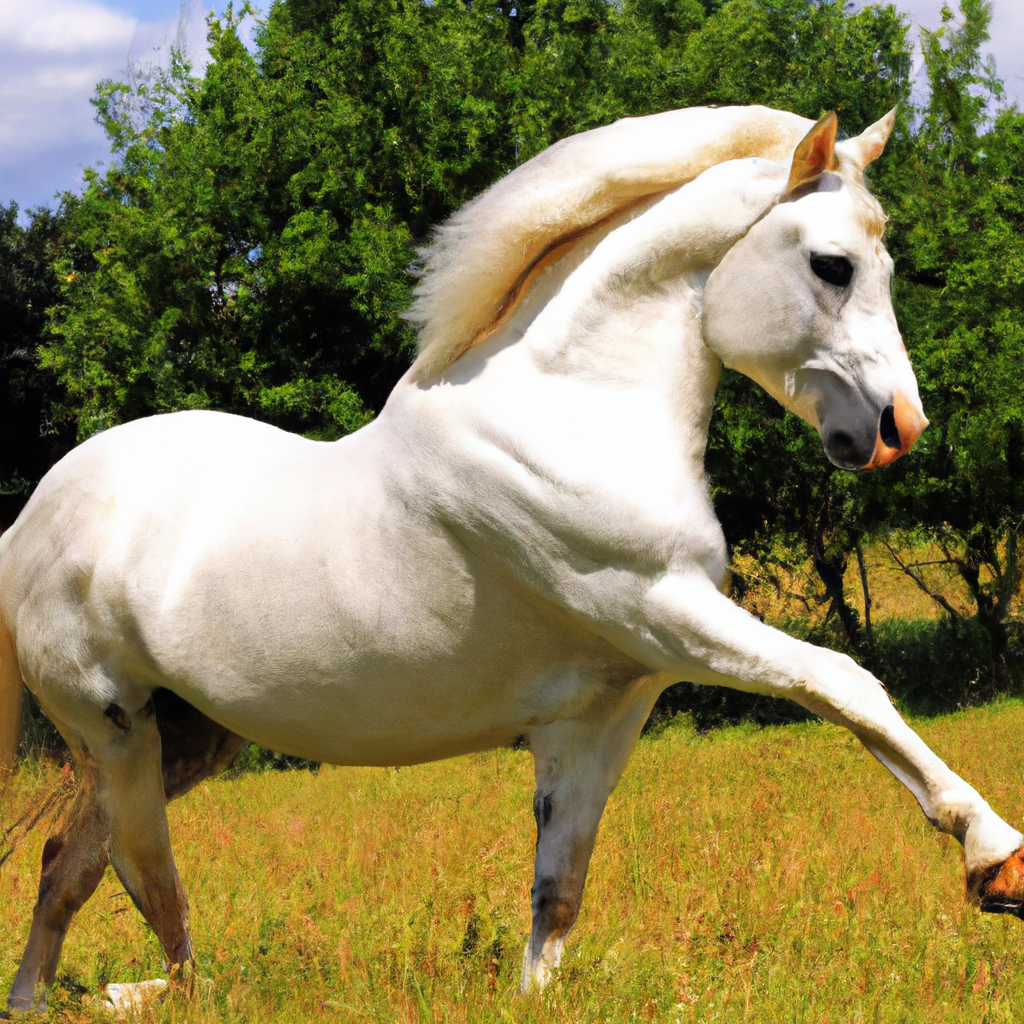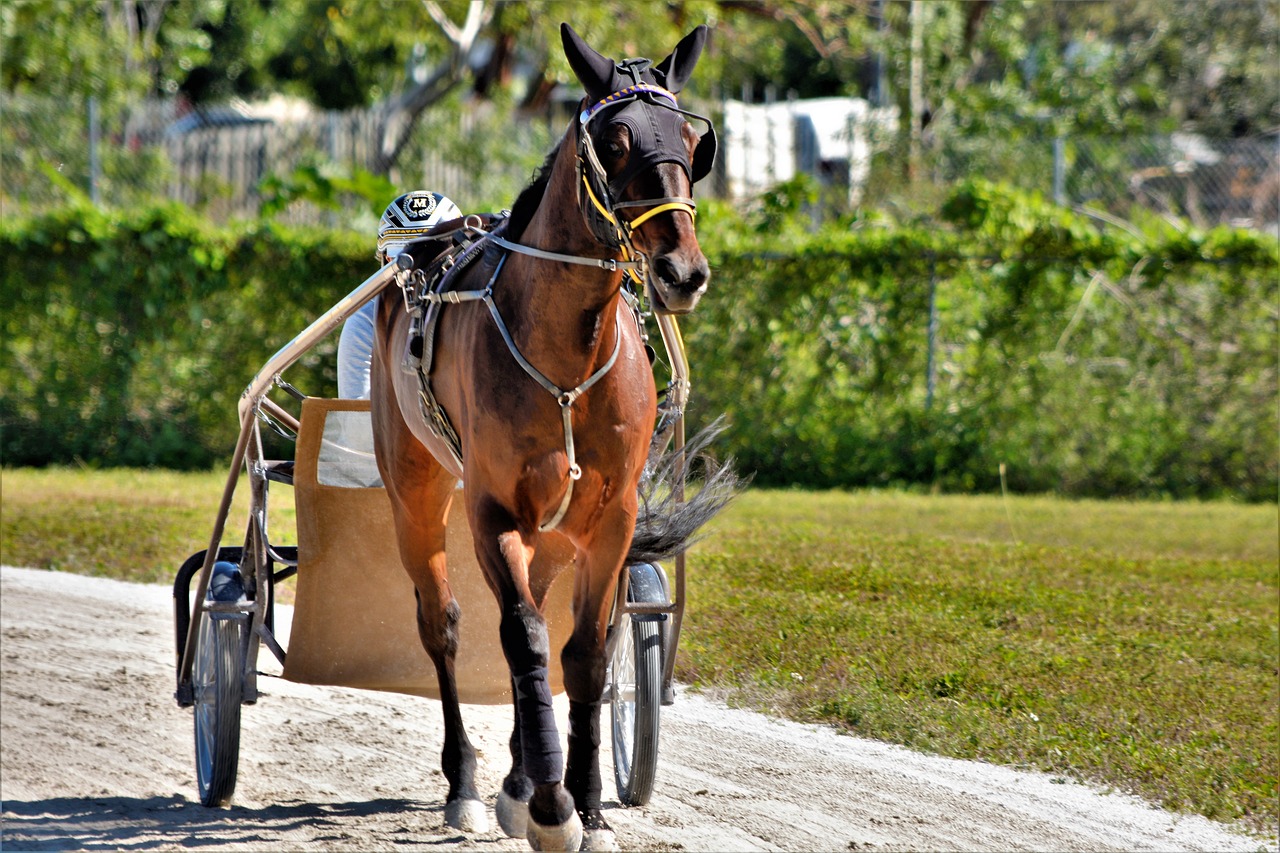Standing on the edge of a vast field, you find yourself surrounded by a herd of majestic horses, yet you’re not sure how to interact with them properly. “Essential Principles of Basic Equine Education” is an article tailored just for you. It equips you with the fundamental knowledge and principles to understand these magnificent creatures better. It’s a comprehensive guide overflowing with useful insights about horse behavior, their communication styles, the right approach in horse handling, and the overall basic equine care necessary to navigate your unique journey into the world of horses.
Understanding Equine Behavior
The world of horses is full of unique and intricate behavior patterns. Being able to understand these behaviors has been crucial to the human-horse relationship for centuries.
Recognizing basic horse behaviors
You might have seen a horse whinnying in a field, or pawing at the ground in a stall. These are common horse behaviors that signify different emotional states. For example, a whinny is often an expression of distress, while pawing is associated with anticipation or impatience.
Interpreting horse body language
Horse body language is complex, and can vary greatly between individual horses. A relaxed horse stands evenly on all four feet, with head low and a soft look in the eye. When frightened or anxious, the horse’s muscles tense, their nostrils flare and their eyes widen. Ears also play a significant role in how a horse communicates, with those laid flat back indicating annoyance or aggression.
Observing unique behaviors of individual horses
Just as humans have their own quirks, so do horses. Spend time with different horses, and you’ll start to see unique behaviors or habits. One horse might enjoy being scratched on the neck, while another prefers a pat on the rump. Learn these unique behaviors to build stronger bonds with individual horses.
Horse Anatomy and Physiology
Next, let’s delve into horse anatomy and physiology – the building blocks of understanding horses on a deeper level.
Learning basic horse anatomy
Basic horse anatomy includes the understanding of the various external and internal body parts and their functions. From the hooves that absorb impact with every stride, to the digestive system specifically designed for a grazing diet, each part of the horse is unique.
A look at equine physiology
Equine physiology is the study of how a horse’s body functions. This includes understanding processes like respiration, digestion and reproduction. Knowing these processes can aid in understanding behaviors, managing diet and planning exercise routines.
Understanding the equine muscular and skeletal systems
The muscular and skeletal systems are the powerhouse of a horse, allowing them to run at high speeds, carry heavy loads, and leap obstacles. The horse’s skeleton provides structure and support while muscles allow for mobility.
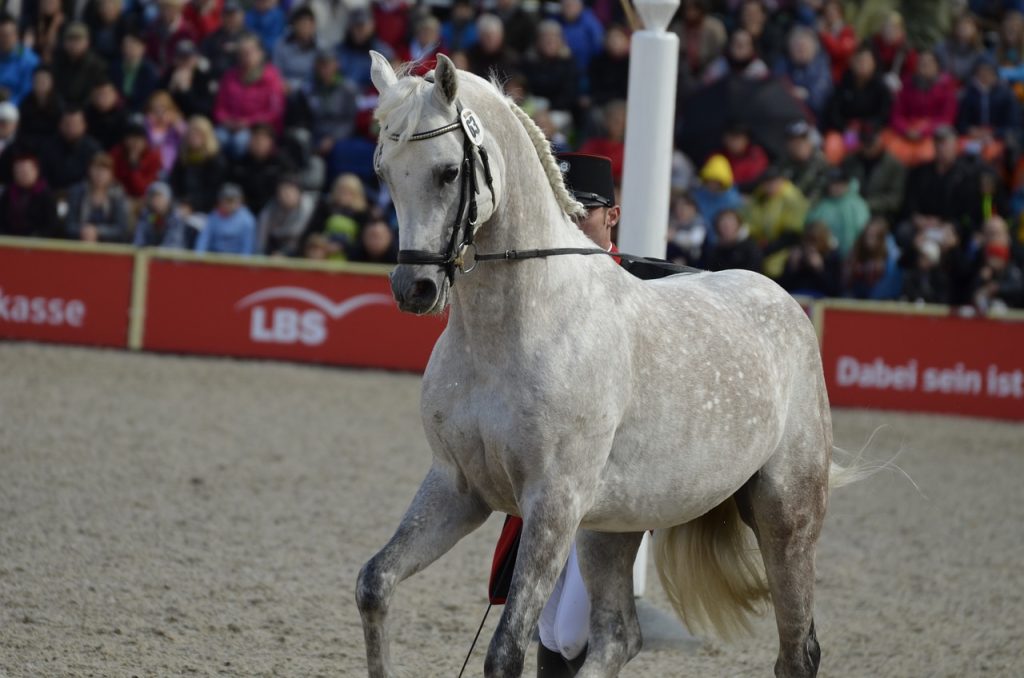
Equine Nutrition
Just like humans, horses require a balanced diet to stay healthy and perform at their best.
Basics of an equine diet
At the core of a horse’s diet is forage, like hay or grass. This should make up about 70% of a horse’s diet. Grains such as oats or corn can be included, but only in moderation, as they are high in energy.
Balancing a horse’s nutritional needs
Balancing a horse’s diet means providing all the nutrients they need – proteins, fats, vitamins and minerals – in the right amounts. Achieving this balance often means a combination of forage, grains, and dietary supplements.
Signs of nutritional deficiencies
Common signs of nutritional deficiencies in horses include weight loss, dull coat, lethargy and decreased performance. If your horse is showing these signs, it may be time to re-evaluate their diet.
Equine Health Care
A major part of owning a horse is ensuring they are in good health. This requires regular check-ups, and sometimes intervention by a professional.
Routine horse health care procedures
Routine horse health care procedures include deworming, dental check-ups, and regular vaccinations. Hoof care is also a vital part of routine care, with regular trimming or shoeing necessary.
Equine vaccinations and parasitic control
Horses require regular vaccinations to protect against diseases such as tetanus and equine influenza. Parasitic control is also necessary, involving deworming programs and good stable management.
Recognizing signs of illness in horses
Spotting early signs of illness can help you take action in order to prevent further harm. Look out for signs like lack of appetite, dull coat, changes in temperament, behaviour or performance, or altered manure consistency.
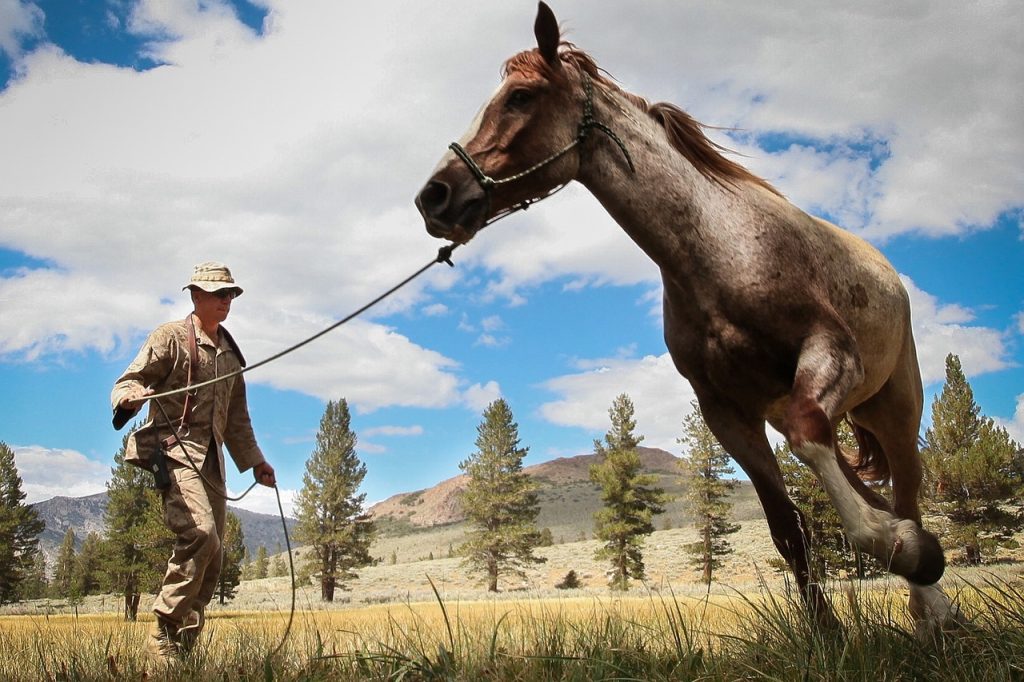
Horse Breeds and Types
Horses come in an incredibly wide array of breeds and types, each with their own characteristics and purposes.
Understanding different horse breeds
From the swift Arabian to the mighty Clydesdale, there are hundreds of horse breeds in existence. Learning about these different breeds can help you understand each one’s characteristics, strengths, and weaknesses.
Characteristics of different horses
Each breed has its own unique characteristics. For example, thoroughbreds are known for their speed and tend to be more spirited, whereas Quarter Horses are known for their versatility and easy-going nature.
Choosing the right breed for your needs
Choosing the right breed depends on individual preferences, needs, and experience levels. For casual riding, a calm breed such as a Morgan or a Paint might be ideal. If you’re keen on dressage or show-jumping, warmblood breeds like the Dutch Warmblood or Hanoverian might be more suitable.
Equine Training Basics
Training a horse requires understanding, patience, and consistency. It’s about communication, and building a bond with the horse.
Training principles for horses
The principles of horse training are establishing trust, consistency, positive reinforcement and correct timing. It’s important to ensure the horse feels safe and comfortable.
Techniques for effective equine training
Effective training techniques include short, frequent training sessions and gradual introduction of new tasks. Reward good behavior immediately to reinforce the correct response.
Addressing and correcting behavioural issues
Addressing and correcting behavioral issues is a key part of training. This can be done through consistent and assertive handling, along with positive reinforcement when the desired behavior is shown.
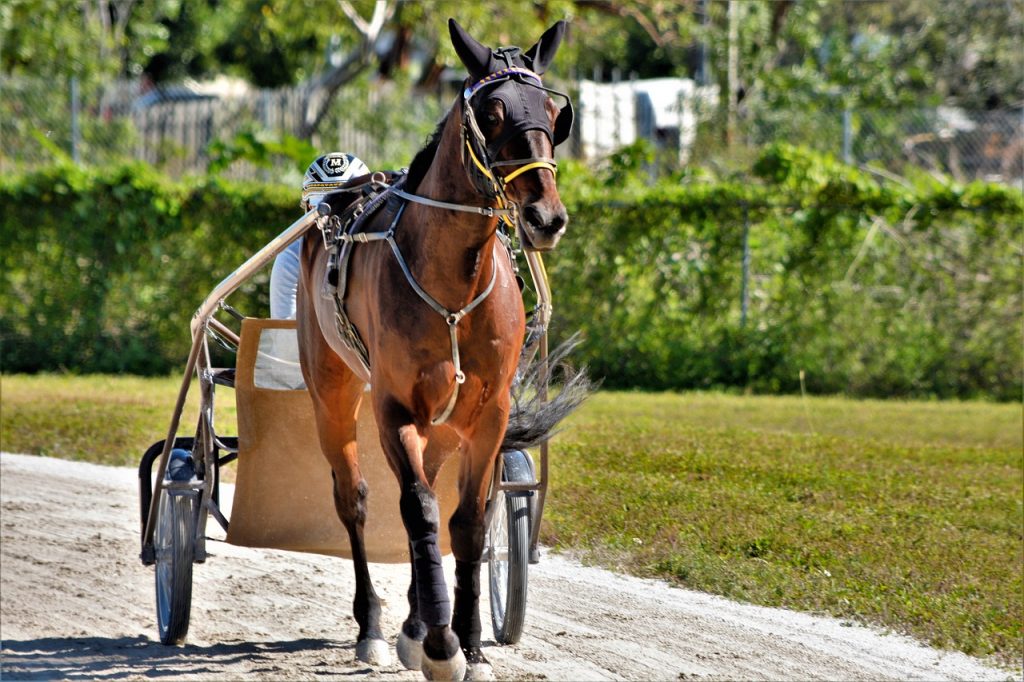
Horse Grooming and Handling
Good grooming and handling are key aspects of horse care and build trust between horse and handler.
Safe handling of horses
Safe handling of horses involves always being calm, gentle, yet firm. Always approach horses from the side, not directly in front or behind, and maintain a steady hand when leading or grooming.
Techniques for horse grooming
Basic techniques for horse grooming include brushing the coat to remove dirt, checking and cleaning the hooves, detangling and brushing the mane and tail, and cleaning the ears and nose.
Equine hygiene practices
Maintaining a horse’s hygiene is crucial for their health and well-being. This includes regularly cleaning their stall or paddock, providing clean water and food, and regularly checking for parasites or skin issues.
Equine Equipment and Tack
Proper equine equipment and tack are important for both horse and rider safety and comfort.
Types of horse tack and equipment
Horse tack includes equipment such as saddles, bridles, bits, girths, stirrups, and halters. Each piece of equipment serves a purpose in controlling or guiding the horse, or in ensuring rider safety and comfort.
Using and maintaining horse equipment
Regular care of horse equipment involves cleaning after each use, regularly checking for any damage, and storing in dry, cool places to prevent mold and cracking.
Fitting and adjusting tack correctly
Fitting and adjusting horse tack correctly is crucial for the horse’s comfort and safety. Ill-fitting tack can cause discomfort, restrict movement, or even cause injury.
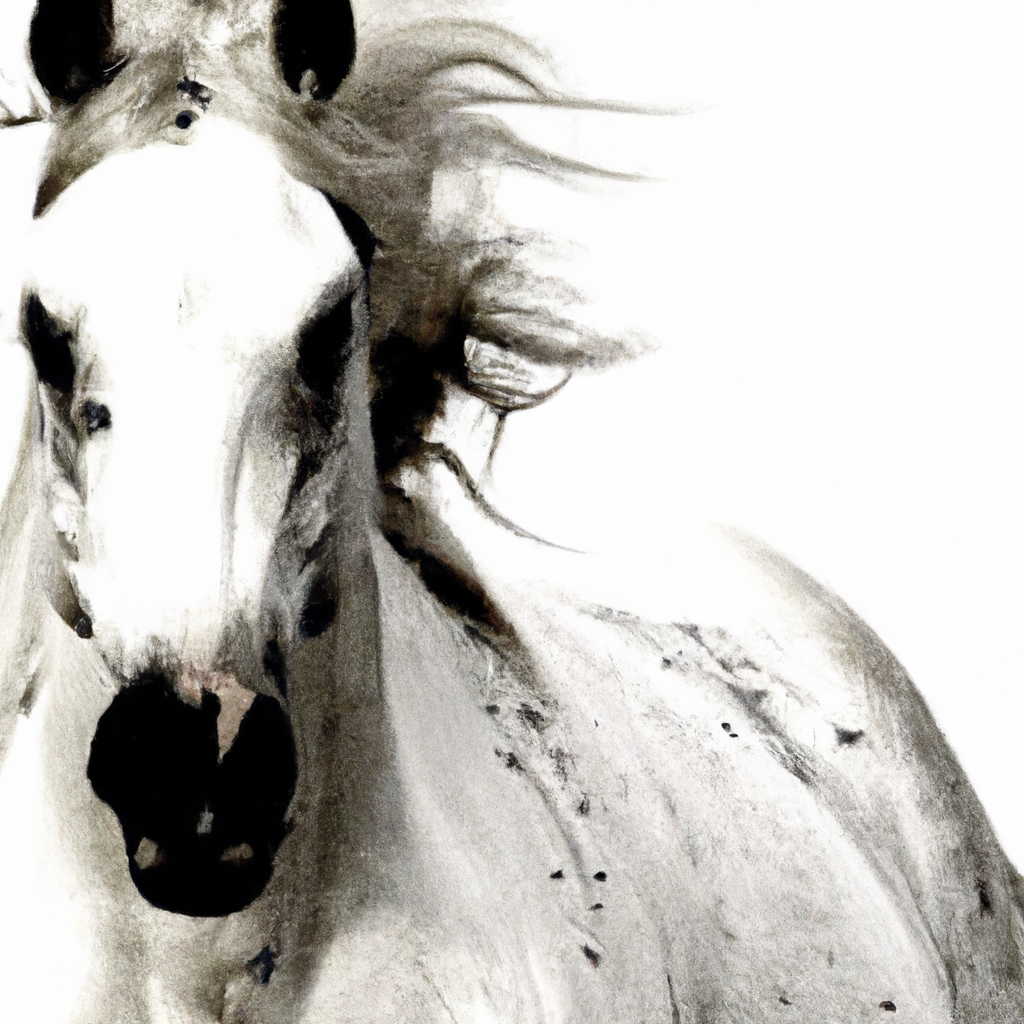
Horse Breeding and Management
Horse breeding and management involve a detailed understanding of equine reproduction, genetics, and general care of the mare and foal.
Basics of horse breeding
Horse breeding is a science and an art, involving selecting suitable parents, understanding estrous cycles, and managing breeding and birthing processes.
Managing breeding horses and young stock
Managing breeding horses involves regular health check-ups and an optimised diet for the mare. Once born, the young stock require careful supervision to ensure normal growth and development.
Understanding genetic principles in horse breeding
Understanding genetic principles in horse breeding involves the study of hereditary traits and the application of this knowledge in selecting horses for breeding.
Equine Legal and Ethical Issues
Understanding the legal and ethical aspects of horse ownership is crucial to responsible and compassionate care.
Understanding equine law
Equine law covers a wide range of issues – from sale and purchase agreements to liability for accidents during a ride. Understanding these regulations can help you navigate the world of horse ownership more safely.
Ethical considerations in horse care and training
Ethical considerations in horse care and training involve ensuring that the horse’s needs for food, water, shelter, companionship, and freedom of movement are met. Cruelty, neglect, and overworking are all issues to be aware of.
Responsibilities of horse ownership
Owning a horse is a serious commitment that requires time, money, and dedication. Ensure that you are able to provide a safe environment, balanced diet, appropriate exercise, and regular health care before deciding to get a horse.
In conclusion, owning, training, and caring for horses is a rewarding but complex endeavor – one that requires dedication, knowledge, and love. It’s a continuous learning journey, and every horse owner, regardless their level of experience, often find themselves learning something new every day.
